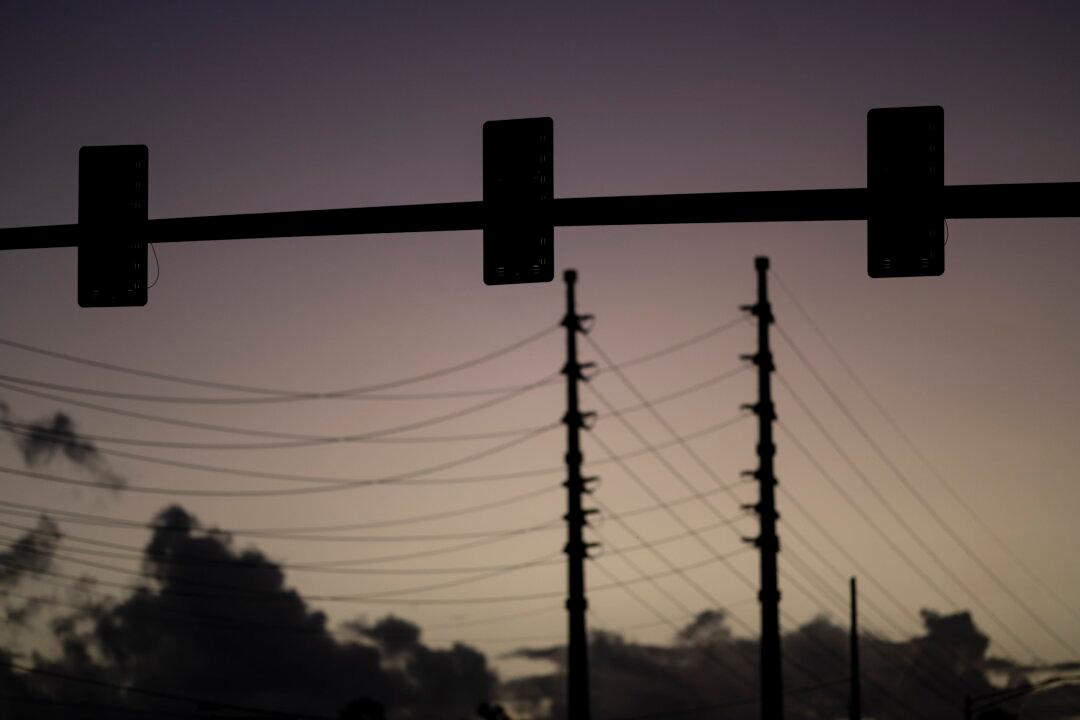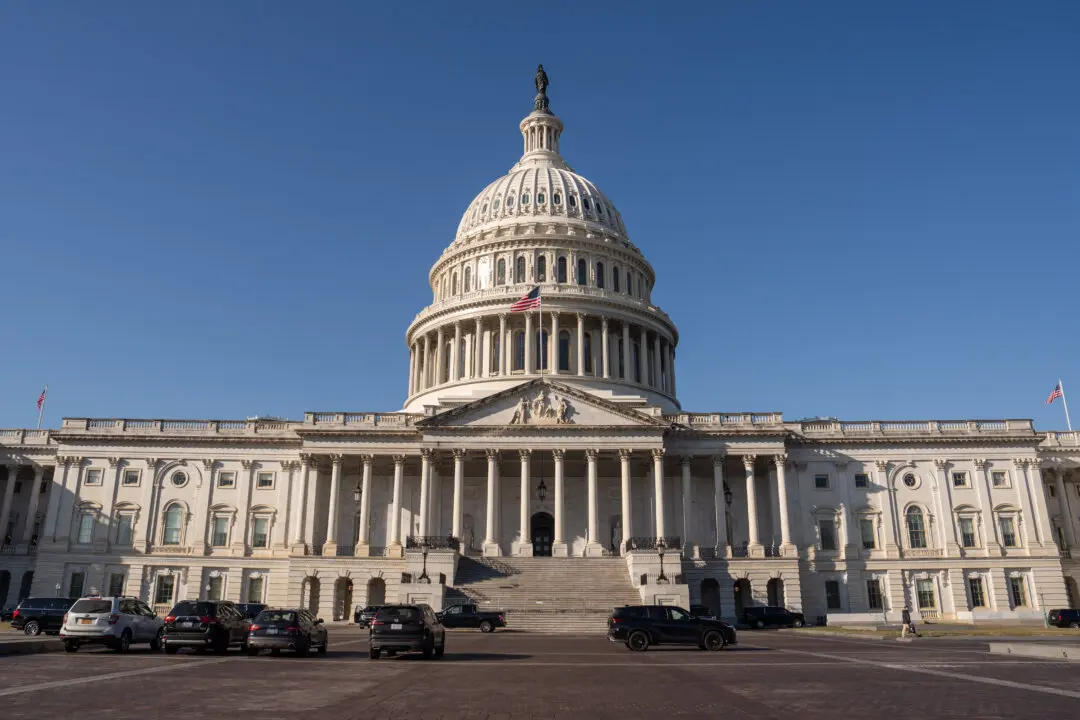Hope is powerful, however, it won’t keep the air conditioner on when summer temperatures soar and demand for electricity skyrockets, causing an overburdened electrical grid to grind to a halt.
Yet, that seems to be the Biden administration’s plan in addressing warnings that nine North American regional electrical grids face an “elevated risk” of power outages this summer, Federal Energy Regulatory Commission (FERC) Commissioner Mark Christie says.





